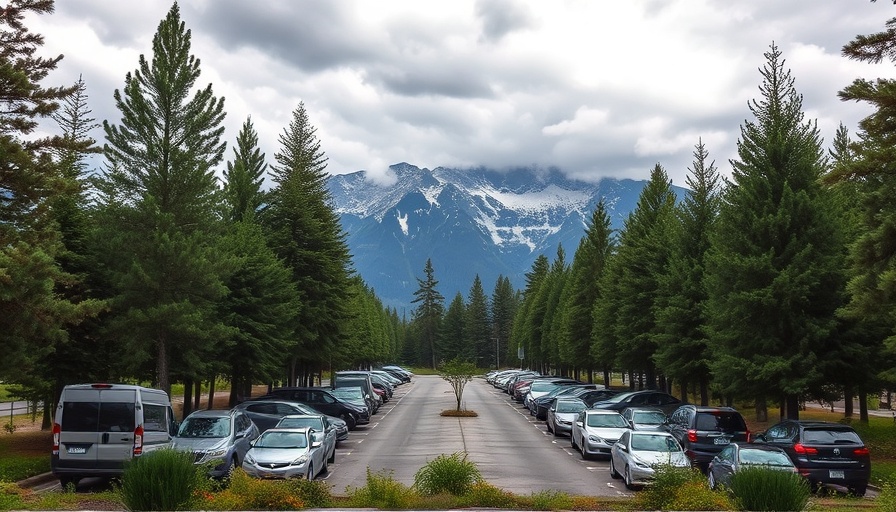
Record Attendance Marks a Milestone for National Parks
In a remarkable achievement, U.S. National Parks witnessed a record-high attendance of 331.9 million visits in 2024, surpassing the previous record of 330.9 million set in 2016 by a slim margin. This growth is evident amidst a broader trend of increased interest in outdoor recreation, likely spurred by heightened social engagement with nature during the COVID-19 pandemic. Paradoxically, however, National Park Service (NPS) staff members were instructed not to celebrate this milestone publicly, leading to a mix of appreciation and frustration within the community.
The Paradox of Celebration Amidst Silence
Internal communication from a group known as Resistance Rangers, comprising current and former NPS employees, revealed that despite the impressive visitor numbers, there would be no external communications to highlight this achievement. The memo specified that parks could share these statistics on their own websites but should avoid proactive announcements or social media posts, diverging from the traditional practice of celebrating such successes publicly. Kati Schmidt, the communications director for the National Parks Conservation Association (NPCA), remarked, “The silence is a little weird,” highlighting the unusual nature of this directive.
Consequences of Staffing Cuts
While the parks welcomed millions of visitors, they are grappling with severe staffing challenges due to recent cuts and a hiring freeze. Just last month, around 1,000 probationary employees were fired, leading to communal concern about the impacts on visitor experiences during peak seasons. As summer approaches—typically the busiest time for the parks—the repercussions of these staffing shortages may become glaringly apparent. The NPCA and the Coalition to Protect America’s National Parks warned that this diminished workforce could compromise both visitor services and park maintenance, potentially leading to longer wait times and decreased safety protocols.
Local Economic Impact and Community Connection
The economic implications of the parks' popularity cannot be overstated. In 2023, spending related to visits to NPS sites amounted to approximately $26.4 billion, supporting around 415,000 jobs across gateway communities. This financial infusion illustrates how integral the parks are, not just for nature lovers but for local economies as well. A lack of adequate staffing may further dampen these economic benefits, raising concerns within communities who rely on park visitors for their livelihoods.
Public Support for National Parks
Despite the current administration's decisions to tighten budgets and cut personnel, there remains a resilient support base advocating for the preservation and protection of national parks. Many Americans cherish these natural spaces, viewing them as vital to cultural identity and community well-being. This public sentiment becomes critical as we navigate future policies impacting these treasured resources.
The Bigger Picture: National Parks and Government Policy
At the heart of this complex situation lies the intersection between government policy and environmental stewardship. The current trend of hiring freezes, personnel cuts, and facility closures raises questions about the prioritization of resource management in parks. Resistance Rangers and various advocacy groups are increasingly vocal about these issues, underscoring the need for strategic investments in both human resources and environmental protections.
Looking Ahead: The Future of National Parks
As visitation trends soar and interest in outdoor activities continues to rise, the challenge remains for the National Park Service to balance visitor demand with adequate staffing and resources. Observers are keenly watching how the NPS will navigate this pressure, especially with growing awareness among the public regarding park significance and the economic benefits they impart. Future decisions will not only impact the enjoyment of these natural resources but also the sustainability of the parks themselves.
In conclusion, the recent record-breaking attendance at U.S. National Parks serves as both a triumph and a caution. While more visitors signify a growing appreciation for America's natural heritage, the lack of communication surrounding this achievement combined with ongoing staffing challenges highlights the urgent need for re-evaluation of current policies and practices.
Join the conversation on how we can protect these national treasures by advocating for better policies and support for the National Park Service.
 Add Row
Add Row  Add
Add 




Write A Comment